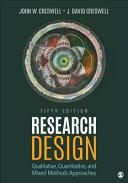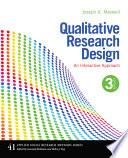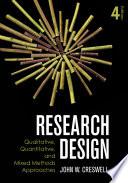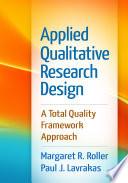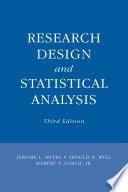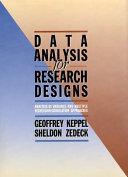A Total Quality Framework Approach
"This unique text provides a comprehensive framework for creating, managing, and interpreting qualitative research studies that yield valid and useful information. Examples of studies from a wide range of disciplines illustrate the strengths, limitations, and applications of the primary qualitative methods: in-depth interviews, focus group discussions, ethnography, content analysis, and case study and narrative research. Following a consistent format, chapters show students and researchers how to implement each method within a paradigm-neutral and flexible Total Quality Framework (TQF) comprising four interrelated components: Credibility, Analyzability, Transparency, and Usefulness. Unlike other texts that relegate quality issues to one or two chapters, detailed discussions of such crucial topics as construct validity, inter-researcher reliability, researcher bias, and verification strategies are featured throughout. The book also addresses applications of the TQF to the writing, review, and evaluation of qualitative research proposals and manuscripts. KEY WORDS/SUBJECT AREAS: case study, content analysis, ethnographic, ethnography, focus groups, interviews, narrative, proposal writing, qualitative research, reliability, research designs, research methods, standards, studies, the literacy, total quality framework, transparency AUDIENCE: Graduate students and instructors in education, sociology, psychology, social work, management, communications, and nursing; researchers and evaluators seeking guidance for their qualitative research work. "--
"This unique text provides a comprehensive framework for creating, managing, and interpreting qualitative research studies that yield valid and useful information.
